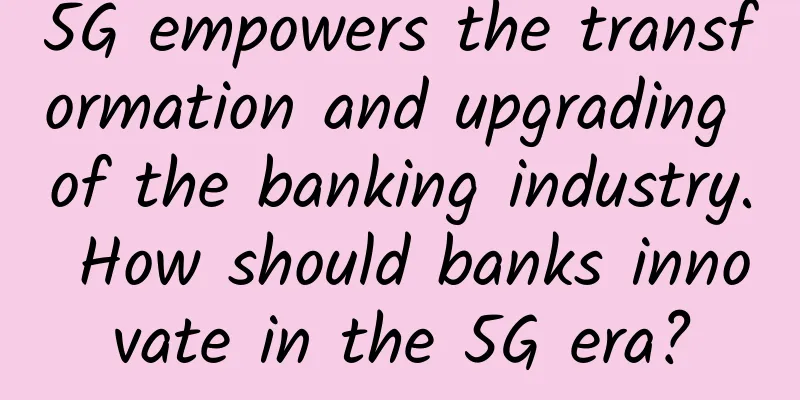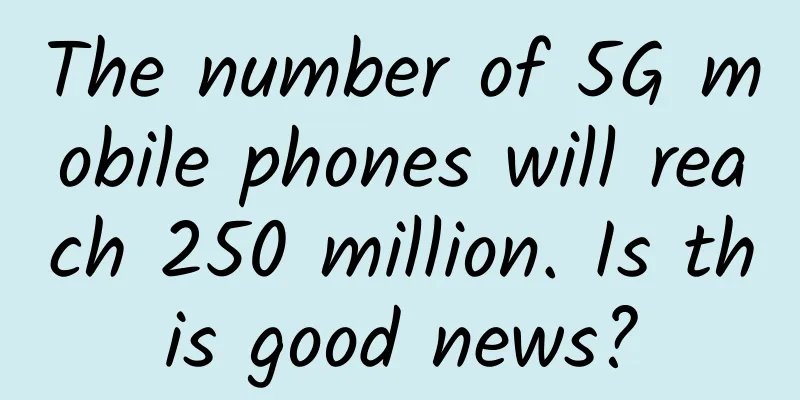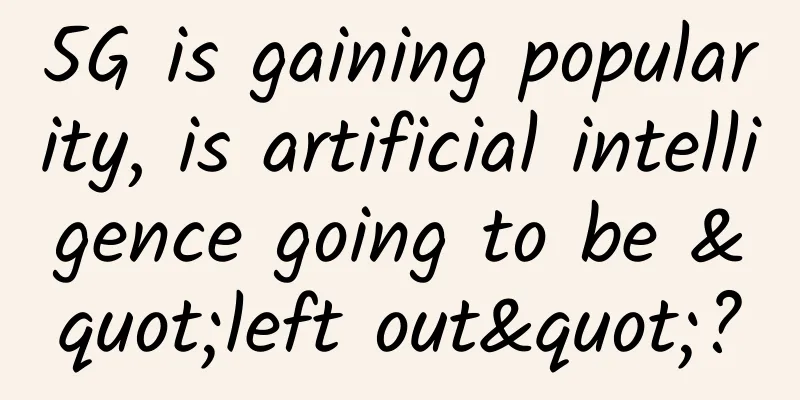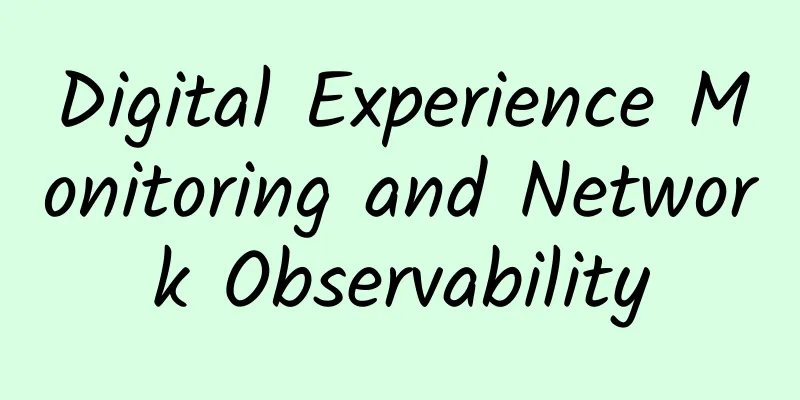5G empowers the transformation and upgrading of the banking industry. How should banks innovate in the 5G era?

|
Recently, China Mobile and Industrial and Commercial Bank of China jointly released the "Banking Innovation White Paper in the 5G Era", focusing on the innovative applications of 5G in the banking industry. It expounded on the development history of mobile communication technology, the progress of 5G standard construction, key technical characteristics and application development trends from a technical perspective, and focused on analyzing the important supporting role of the integrated application of 5G with artificial intelligence, big data, cloud computing and other technologies in the upgrading of the banking infrastructure system. It also sorted out in detail the innovative practice cases of the banking industry in customer service, internal operations, financial ecology and other aspects under the integration of 5G technology, and put forward the main challenges and response strategies faced by bank innovation in the 5G era.
5G technology has pressed the "fast forward button" for network speed, and will integrate technologies such as artificial intelligence, cloud computing, big data, the Internet of Things, audio and video, and edge computing. It will bring new service means and interaction methods to the banking industry, give birth to new forms of financial services, and promote tremendous changes in customer services, operating models, and financial ecology. It will promote the digital, intelligent, and ecological development of banks, and continuously empower the transformation and upgrading of the banking industry. With the popularization of 5G pan-intelligent terminals and the deep integration of technologies such as artificial intelligence, audio and video interaction, and voice interaction in terminal devices, 5G terminal devices of various forms will further expand the connection scope and service capabilities of banking services. Users can obtain banking services remotely at any time through mobile terminals such as 5G mobile phones and Pads, and can also interact with banks for services anytime and anywhere with the help of smart teller machines, remote interactive terminals, simulation robots and other branch intelligent devices, as well as wearable devices such as VR/AR, smart glasses, and smart watches. In addition to serving customer terminal devices, electronic tags, smart meters, smart cameras, drones and other devices can also become bank data collection terminal devices, and ultimately be applied to data intelligence applications in the financial field. 5G will also enhance the customer service experience of banks. Through the integration of 5G with audio and video, VR/AR, artificial intelligence, biometrics, edge computing, micro-expression recognition and other technologies, it can help banks innovate service interaction methods and realize virtualization, real-time, high-definition and three-dimensional service interaction. Through outlets, smart home appliances, mobile portable devices, wearable devices, self-driving cars, etc., customers can get the consistent "One Connect, One Bank" immersive service experience anytime and anywhere. The digital level of a bank's internal operations is the internal driving force of its external services, affecting business efficiency and service consistency. 5G accelerates innovations in banking audio and video, the Internet of Things, and other technologies, further assisting the digital transformation and upgrading of banks' internal operations, credit risk control, and other fields, and building a more intelligent operational support system. Currently, 5G is still in the early stages of commercial use, and banks are gradually exploring 5G application practices. 5G networks will enable banking services to break through their own limitations in terms of transaction media, time, space, etc., and provide immersive service experiences anytime and anywhere, helping to make financial services more inclusive. Relying on the further integration and development of 5G communications, big data, and artificial intelligence technologies in insight and perception capabilities, banks will be able to establish a full range of customer portraits, and thus have a deeper understanding of customers, providing customers with financial services that are ubiquitous in connectivity, omnipotent in service, and insightful. Finally, the white paper mentioned that 5G banking applications are still in the exploratory stage, and industry standards should be improved as soon as possible, with close attention paid to associated security risks, the data management system should be continuously improved, and the industry transformation trends and implementation paths should be continuously explored. |
<<: To promote industrial upgrading, Ascend Academy Technology Open Day came to Shenzhen
>>: Why are unlimited data plans dying?
Recommend
5G will become a new engine of economic growth
my country's 5G network construction and appl...
Debunking three myths about edge computing
【51CTO.com Quick Translation】With millions of mac...
Internet medical care is emerging. Should HIS be "repaired" or "completely reconstructed"?
During the COVID-19 outbreak, Internet medical se...
5G technology enables smart transportation, and operators add more ingredients to make the cake bigger
Recently, the Ministry of Transport, together wit...
What exactly can Wi-Fi 6 do?
Let’s first understand the key technologies of Wi...
IDC: Ten predictions for China's ICT market in 2021
On November 10, IDC recently released the "T...
Message bus for communication between processes
[[381755]] 1. Inter-process communication (IPC) in...
Crowd selection and data service practice based on MaxCompute + Hologres
Basic logical architecture of the crowd selection...
[11.11] Standard interconnection: 300 yuan/month-8 cores/16GB memory/30+500G hard disk/30M bandwidth/32IP/US data center
Pesyun (Standard Interconnect) released a special...
The sooner you know, the sooner you will benefit. What exactly is NaaS, which is about to become a trend?
X-as-a-Service offerings have been around for mor...
Six predictions for the 5G market in 2020
2019 is the first year of 5G worldwide. More than...
DiyVM: Japan/US/Hong Kong CN2 line 2G memory monthly payment starting from 50 yuan
DiyVM is a Chinese hosting company founded in 200...
Migu Video’s Wang Bin: The growth of the pan-entertainment industry in the 5G era
[51CTO.com original article] From July 11 to 13, ...
Learn more about 5G infrastructure
5G New Radio (NR) is a global standard that enhan...
Is your online office software a helper or a killer?
Zoom, the leading video conferencing company, wit...









